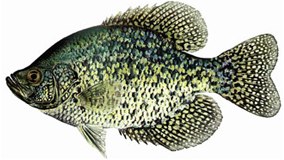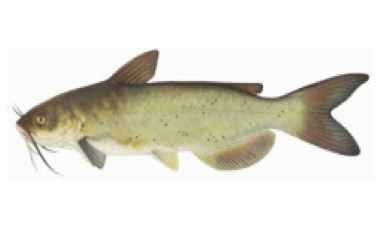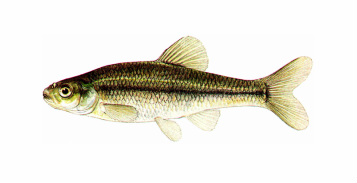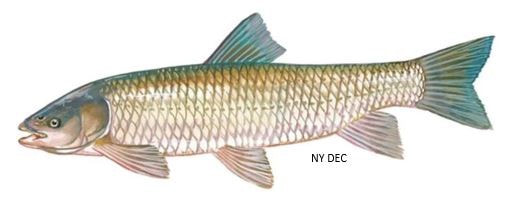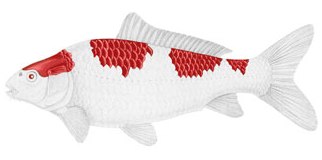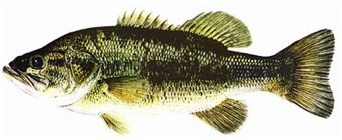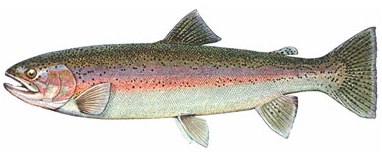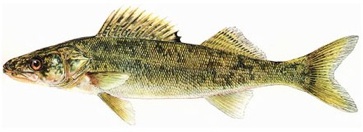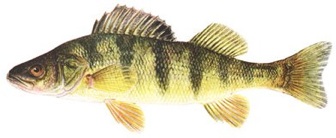LEARN ABOUT THE KINDS OF FISH TO STOCK YOUR POND
Most ponds in the area are considered warm water ponds, having a depth of 8-12 ft and will support any of the warm water species listed. A cool water pond is likely larger and deeper. while a cold water pond is a spring-fed pond deeper than 12 ft with good water exchange.
Stocking suggestions are per acre and based on space, oxygen, and availability of food.
Stocking suggestions are per acre and based on space, oxygen, and availability of food.
Fish Haven Farm sells 10 different species of freshwater fish, available at varying times of the stocking season.
Click on each name to read about that species or scroll down through.
Click on each name to read about that species or scroll down through.
Please place an order before picking up grass carp and bring the permit with you.
- Grass Carp Information NYS DEC
- NYS Grass Carp Application (pdf) and your regional NYS DEC mailing address
- Pennsylvania Grass Carp Application (pdf)
- Pond Weed Identification and Grass Carp Preference
- More Pond Weed Examples (courtesy of Chemung Co Soil & Water)
- Grass Carp Information NYS DEC
- NYS Grass Carp Application (pdf) and your regional NYS DEC mailing address
- Pennsylvania Grass Carp Application (pdf)
- Pond Weed Identification and Grass Carp Preference
- More Pond Weed Examples (courtesy of Chemung Co Soil & Water)
- Large order delivery charge of $2.00 per mile, one way.
- Inquire about large quantity discounts.



